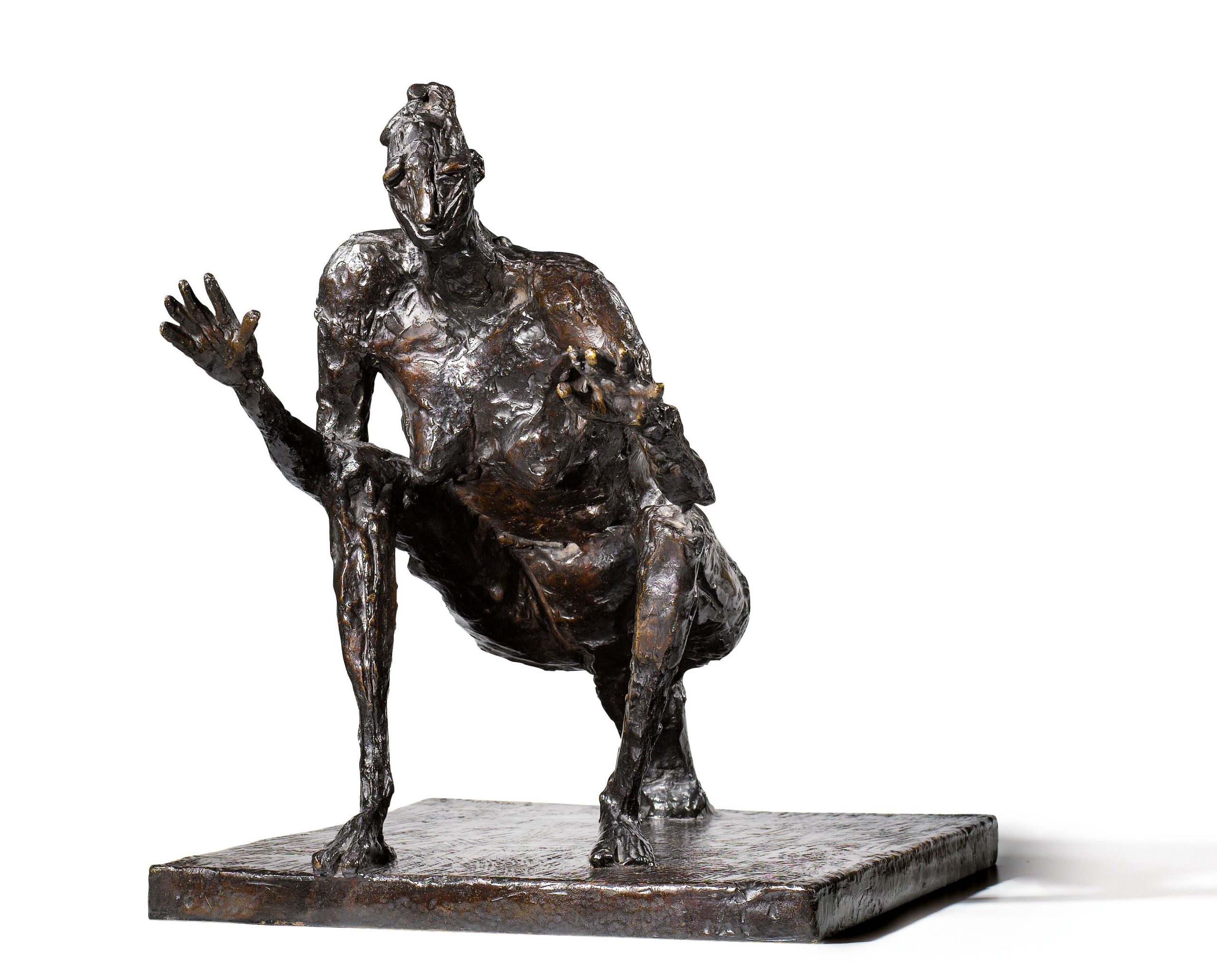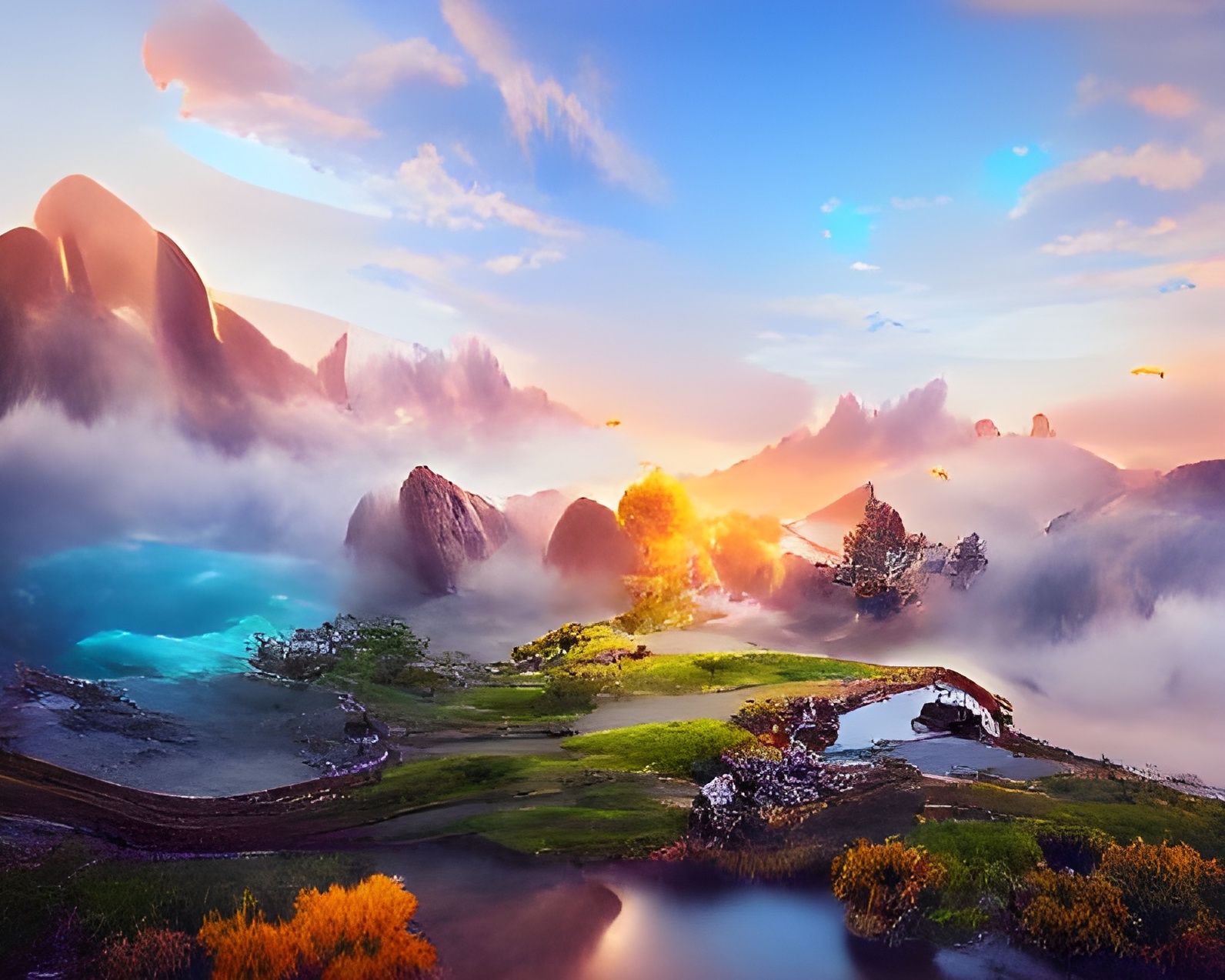When we think of art, we often envision paintings and drawings, but sculpture has long been an important medium for artistic expression. In the world of contemporary art, sculptors are pushing boundaries and redefining what it means to create three-dimensional works of art. From innovative materials to interactive installations, here are some of the emerging trends in contemporary sculpture that are shaping the art world today.
Experimental Materials
One of the most exciting trends in contemporary sculpture is the use of experimental materials. Traditional sculptors typically worked with materials like clay, marble, and bronze, but today’s artists are incorporating a wide range of materials into their work. From recycled plastics to industrial metals, contemporary sculptors are constantly experimenting with new materials to create unique and provocative pieces.
One example of this trend is the work of artist Anish Kapoor, who is known for his use of unconventional materials like stainless steel and fiberglass. His iconic sculpture “Cloud Gate” in Chicago is a perfect example of how contemporary sculptors are pushing the boundaries of traditional materials to create stunning works of art.
Interactive Installations
Another trend in contemporary sculpture is the rise of interactive installations. Unlike traditional sculptures that are meant to be viewed from a distance, interactive sculptures invite viewers to engage with the artwork on a more intimate level. Whether it’s through touch, sound, or movement, these interactive installations create a sensory experience that goes beyond traditional sculpture.
One notable example of this trend is the work of artist Olafur Eliasson, whose immersive installations often incorporate light, water, and other elements to create a truly unique experience for the viewer. By allowing viewers to interact with the artwork, these sculptures blur the line between artist and audience, creating a more dynamic and engaging art experience.
Environmental Consciousness
As our world grapples with the effects of climate change and environmental degradation, many contemporary sculptors are turning their attention to issues of sustainability and conservation. These artists are using their work to raise awareness about environmental issues and encourage viewers to think more critically about our impact on the planet.
One artist who is at the forefront of this trend is Jason deCaires Taylor, whose underwater sculptures serve as artificial reefs to promote marine life and conservation. By creating sculptures that not only beautify the ocean but also support marine ecosystems, Taylor’s work has become a powerful symbol of environmental consciousness in the art world.
Abstract and Conceptual Sculpture
While traditional sculpture often focused on realistic depictions of the human form or recognizable objects, contemporary sculptors are increasingly turning to abstract and conceptual forms. These artists are less concerned with realism and more interested in exploring ideas and emotions through shape, color, and texture.
One artist who exemplifies this trend is Louise Bourgeois, whose abstract sculptures often evoke themes of femininity, trauma, and memory. By eschewing traditional forms in favor of more conceptual ideas, Bourgeois and other contemporary sculptors are pushing the boundaries of what sculpture can be and challenging viewers to think more deeply about the art they encounter.
Conclusion
Contemporary sculpture is a vibrant and dynamic medium that is constantly evolving and pushing the boundaries of traditional art forms. From experimental materials to interactive installations, today’s sculptors are reshaping the way we think about three-dimensional art. By embracing these emerging trends and exploring new possibilities, contemporary sculptors are creating works that are not only visually stunning but intellectually stimulating. As we continue to grapple with the challenges of the modern world, the art of sculpture will undoubtedly play a crucial role in shaping our understanding of the world around us.



